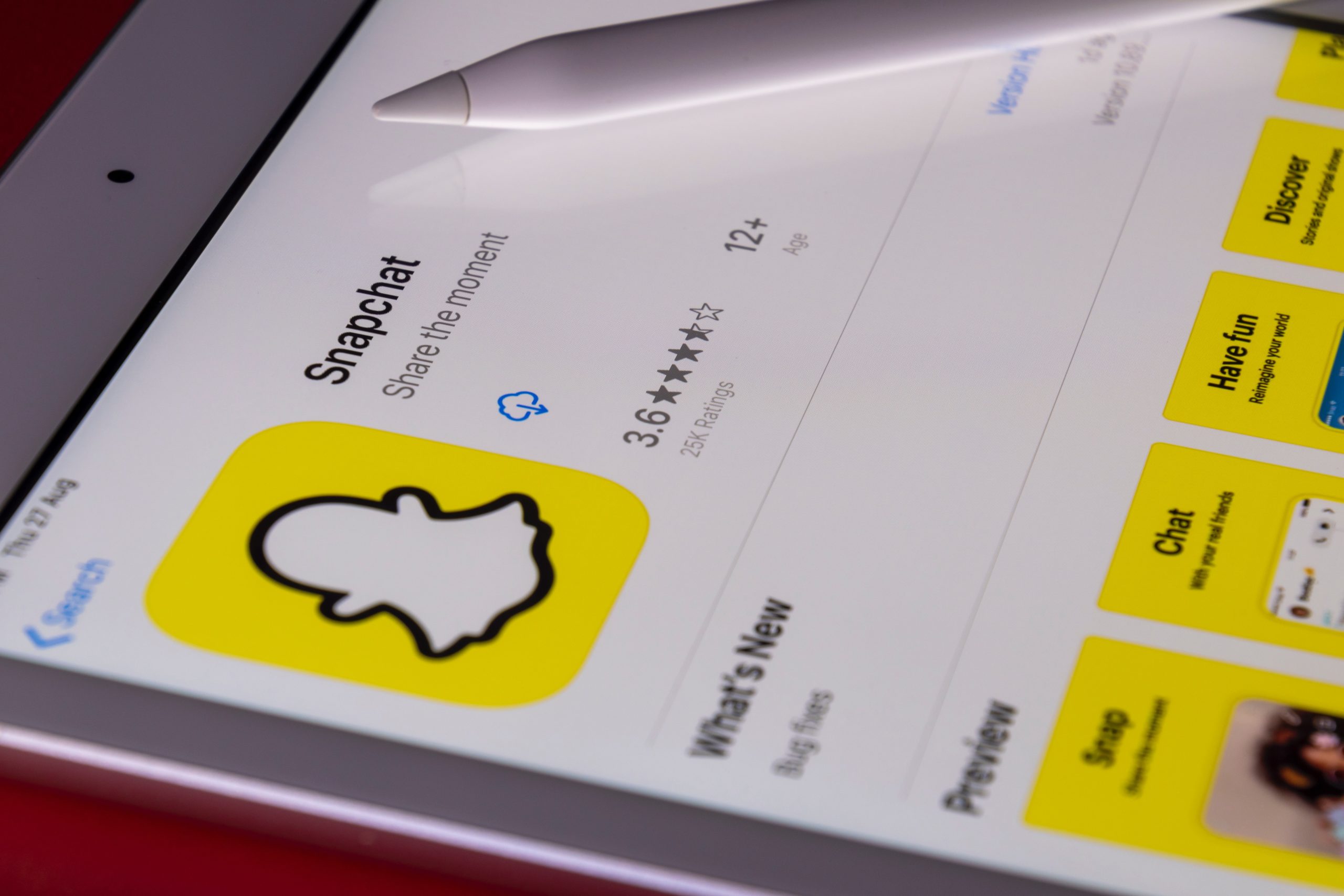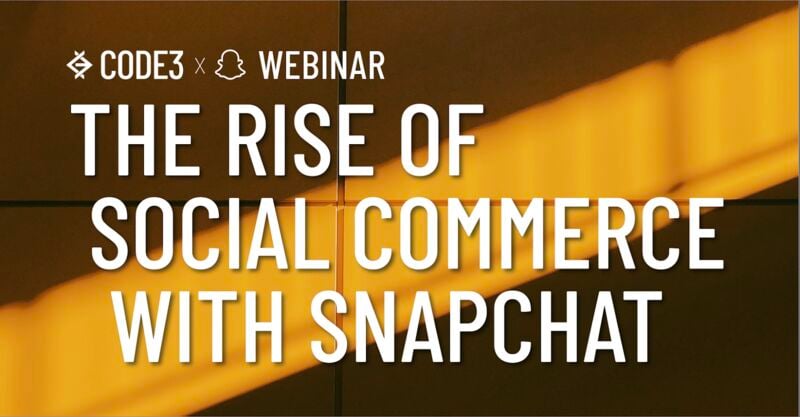RESOURCES
Snapchat Marketing: Essential or Nice to Have?
Is Snapchat still beneficial for businesses? It can often seem as if other platforms like Facebook, Instagram, and TikTok are stealing the spotlight when it comes to social advertising and selling, putting the once highly popular channel on the back burner. But if you need an honest answer to this question, look no further for the facts. Here we explain the benefits of Snapchat Marketing and why it's essential for your strategy.
According to Hootsuite, more than 238 million people use Snapchat every day—that’s a 17% YoY increase between 2019 and 2020. Snapchatters open the app more than 30 times per day, including 46% of users that engage multiple times per day. What’s more, Snapchat users are 60% more likely to make impulse purchases. With numbers like this, brands and businesses can’t afford to ignore the platform’s potential.
Not to mention, the evolution of shopping habits spurred by the ongoing pandemic. There’s never been a better time to explore the potential of Snapchat marketing.
Shopping Skews Mobile
Shopping habits have fundamentally changed, transforming from planned outings into those that are more serendipitous in nature and integrated into daily life. While people have begun venturing out into stores and physical destinations again, there has been a regression to earlier pandemic behavior, especially with the surge of the Delta variant.
The reality is that until the vaccine reaches the masses, most customers will continue to prioritize shopping from the comfort (and safety) of their homes. This is what makes digital-first behaviors so critical right now and in the near future.
Because of the massive shift in customer behaviors, many retailers believe there’s no going back. And we have to agree, customers will most likely never shop in the same way again. Their expectations, values, and norms have evolved during the pandemic and continue to develop in this new environment.
In response to a new modern landscape, digital engagement became the focus. Brands that don't compete through the delivery of unique digital (and physical) experiences will miss a rare window to leapfrog the status quo.
AR (Augmented Reality) Comes to Power
With all eyes on digital, retailers are taking advantage of available tools to augment their users’ experiences. One that’s been gaining recent attention is AR.
For retailers who use AR to shop, it can be quite effective: Interacting with products via AR showed a 94% higher conversion rate than products without AR. Compared to traditional types of marketing, customers who engage with augmented reality campaigns are actively choosing to explore a brand. Companies that utilize AR marketing are also abandoning older aspirational forms of advertising based on Photoshopped models in idealized scenarios in favor of encouraging customers to turn themselves into brand ambassadors.
Further, AR adds a layer of personalization to shopping experiences by tapping into multiple senses. For example, retailers that integrate AR technologies can allow users to interact with their products similarly to shopping in-store. The benefit of this is the potential for increased conversions and decreased returns.
And that’s because seeing is believing. If a customer can EXPERIENCE—the keyword in today’s marketing—your products, they’re more likely to choose your brand and make a purchase. In fact, according to the 2021 Global Deloitte Digital Study, brands are 40% more likely to be considered if they have a branded AR experience.
So, how does Snapchat marketing fit into the AR picture? Its shoppable lens uses AR technology to help retailers create product experiences. Snapchat’s internal data from Q2-Q4 2020 shows that Snapchatters who experience a shoppable Lens are 2.4 times more likely to purchase than the average user.
Snapchat is in a unique position to lead the charge in AR shopping. It has a largely Gen Z and Millennial audience—the same people most likely to be attracted by AR technologies. Sophisticated augmented reality lenses are also endemic to the platform. This is a natural complement to fashion, which has struggled to solve the problem of online try-on.
How AR Impacts Advertising on Snapchat
As a retailer, one of the key considerations in choosing AR is your entire product mix. AR is a format, not an objective. Your mindset should not be, “I need to do AR because it’s cool.” It should be, “I need to drive sales, and AR is going to help me get there.”
Our research has shown that Snapchat advertising is twice as effective when AR is included. Adding a Lens AR Experience to a Snap campaign will drive +31% incremental reach.
Getting Ahead of Social Shopping Shifts with Snapchat
We’re at a turning point of online shopping, and Snapchat is poised to turn retailers into leaders when it comes to achieving the next iteration of consumer expectations. Now is the time to explore your Snapchat marketing strategy and how the platform can help you gain an early lead and finetune your approach.
Brands and advertisers can benefit from the expertise of Code3 because we are purpose-built for social selling and can drive the best results (and share the data to prove it). Download our webinar with Snapchat for on-demand access, or contact us today to get started right away.
Get in Touch
SIGN UP FOR OUR WEEKLY NEWSLETTER

News, Views, and Valuable Resources
Delivered to Your Inbox Each Week




